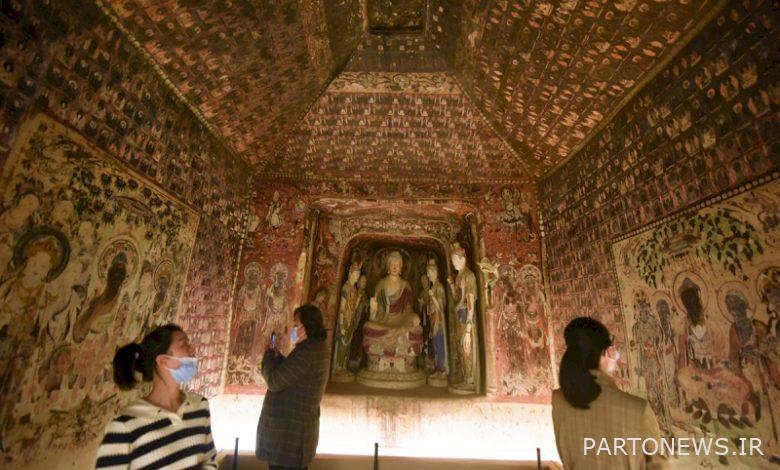China is building 15 cultural heritage parks

According to Aria Heritage, the State Council of China has approved a five-year plan for the protection of cultural monuments for 2021 to 2025, which is the first five-year plan at the national level in this area and is expected to increase national resources, social capital and public attention to conservation. Will be from this area.
“The five-year plan seeks to establish a preventive mechanism, rather than relying on emergency relief and rescue to protect the artifacts,” Li Kang, head of China National Cultural Heritage (NCHA), told a news conference Wednesday. “The plan balances conservation and development, highlights the role of technological innovation and talent development, and sets a goal of a 25 percent increase in researchers of cultural works by 2025.”
“In 2010, authorities announced the first batch of national archeological parks that have become important places for people today, and this has given them a deeper understanding of Chinese civilization,” NCHA official Lu Chung told a news conference.
China currently has 36 national archeological parks, including 11 UNESCO World Heritage Sites. Lou added that the country plans to build another 10 to 15 parks over the next five years.
“With the national guidelines, fruitful measures will be taken for this program, and the necessary budget and resources will be provided for the preservation of the monuments,” said Tian Lin, an expert on ancient architecture.
Recent rains in northern China’s Shanxi Province threaten the security of much of the local heritage, which contains 1,783 registered cultural artifacts; Many damages have also been reported in these areas, including the ancient city of Ping Yao.
The tragedy revealed the improper preservation of many artifacts known as Ping Yao Ancient City. “This guideline, which proposes a preventive protection mechanism, targets the main problem, which is very good,” Tian said.
“The disaster also prompted authorities to consult with emergency response units to increase relief efforts,” Lee told a news conference.
The five-year plan expects government-level officials to increase oversight of cultural artifacts, prepare emergency plans, and conduct comprehensive surveys and preservation of artifacts. “For low-level, unregistered remnants, the creation of public protection forces is essential, and inviting social resources is one way of protecting,” Lee said at the conference.
Experts said that cultural monuments should be well preserved in order to be exploited for the benefit of the people. They also said that more exhibitions and other interactive archeological projects are possible ways to engage people to better understand the preservation of Chinese cultural artifacts, and that these programs could benefit the world.
“China has made progress in the conservation of artifacts, archeology and exhibitions, as well as in the economic plan of the Belt and Road Initiative,” Lu told a news conference. In the midst of the Corona epidemic, digital tools have been widely used, with examples such as parallel space: Meet the Pottery Warriors in Greece, live broadcast of archeological excavations at the Sanshingdoi ruins, and an Asian video conference on the culture of heritage conservation. “We have been.”
Over the next five years, China will strengthen international ties to protect domestic cultural artifacts and actively participate in global management to rescue endangered artifacts, eradicate antiquities smuggling, and promote the recovery of lost cultural artifacts abroad.
* Translation: Anahita Rashidi
.

